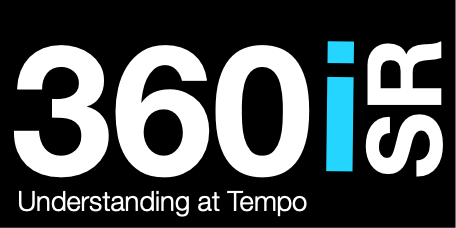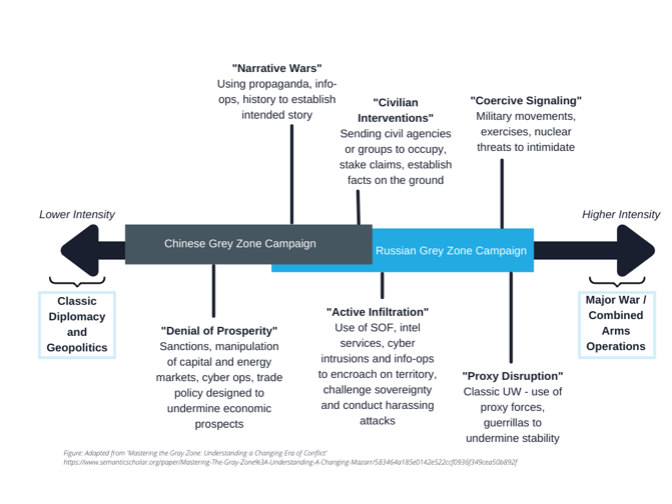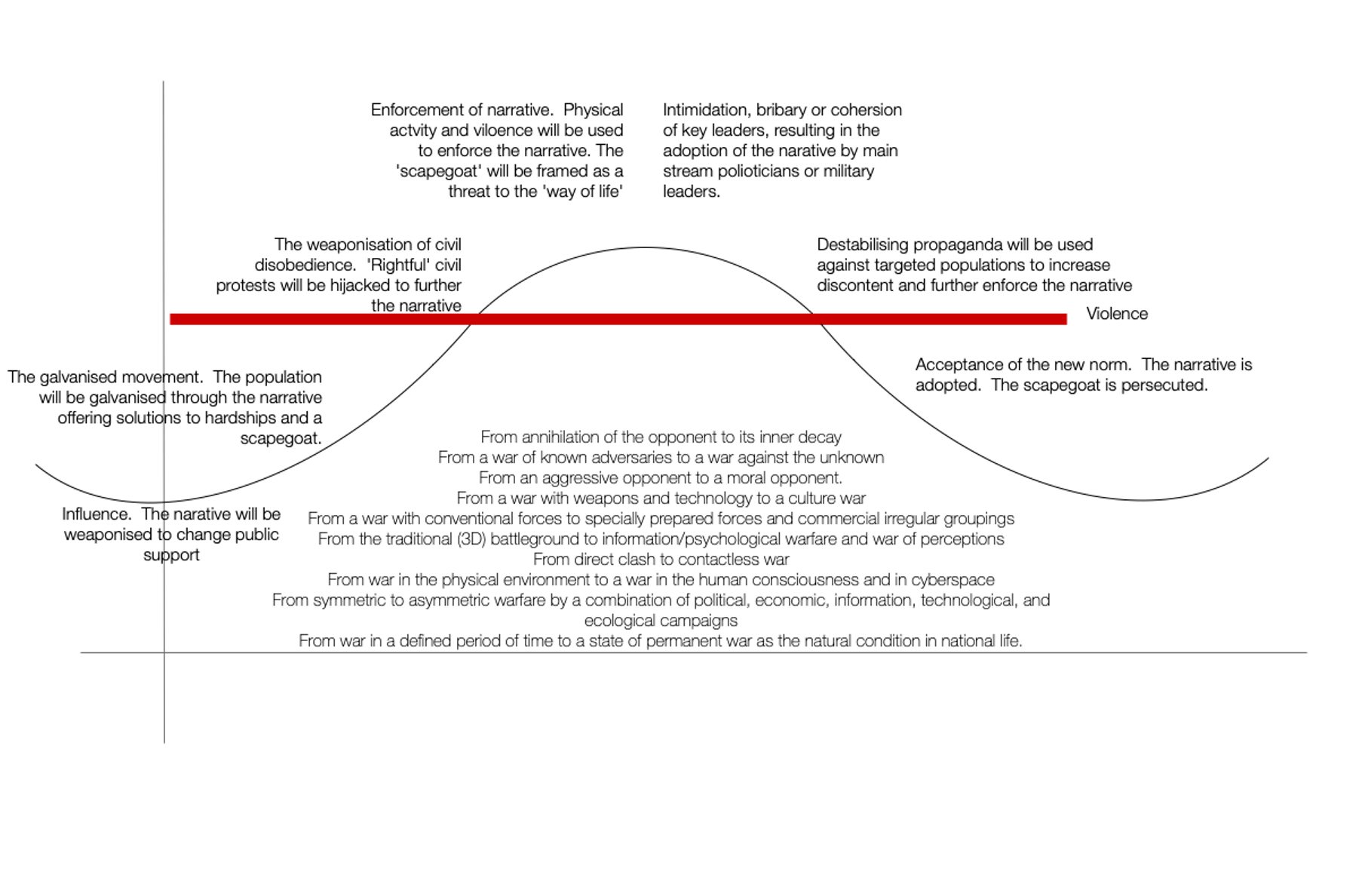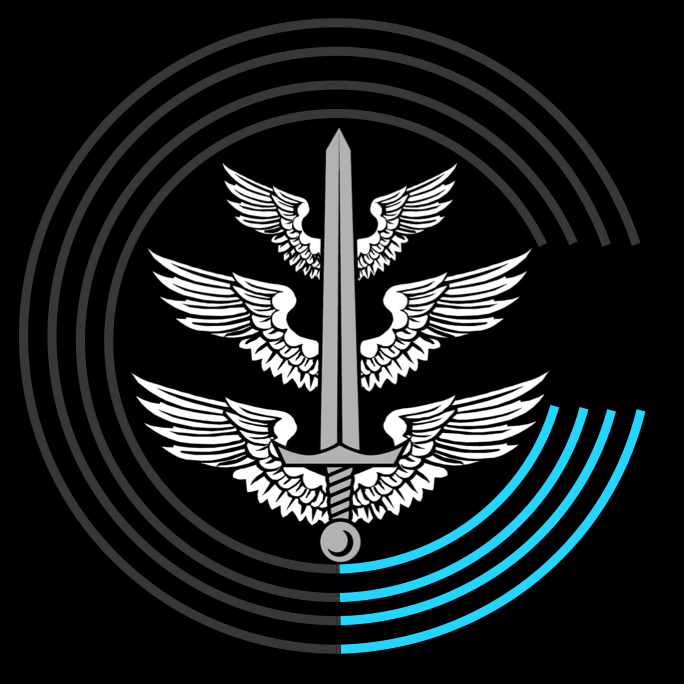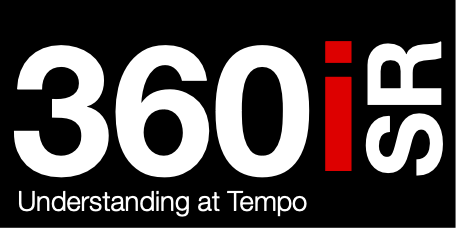Of Dragons, Snakes and Charmers
Of Dragons, Snakes and Snake Charmers
Dragons lived in the Withered Heath beyond the Grey Mountains. Smaug was "the greatest of the dragons of his day", already centuries old at the time he was first recorded. He heard rumours of the great wealth of the Dwarf-kingdom of Erebor, which had a prosperous trade with the Northmen of Dale. Smaug "arose and without warning came against King Thrór and descended on the mountain in flames". After driving the Dwarves out of their stronghold, Smaug occupied the interior of the mountain for the next 150 years, guarding a vast hoard of treasure. He destroyed the town of Dale; the men retreated to the Long Lake, where they built Lake-town of houses on stilts, surrounded by water to guard against the dragon
In our reality, the UK's and NATO’s dragons have been defined by Dr Alex Woolfson in the paper "Dragon Slaying" as a combination of Russia’s increasing encroachment on Europe and a more systemic global competition with China. Alongside this threat are the snakes; the continuing threat posed by non-state actors, which as the name suggests poses a more insidious threat than that of peer to peer competition. Although these two actors are incredibly important in the UK’s “Global Britain in a Competitive Age” and “Defence in a Competitive Age” and indeed, NATO’s New Strategic Concept, the manipulation of the narrative and the cognitive domain by what we have identified as Snake Charmers, is critical to enabling the correct response from an Integrated Operating Concept.
The Integrated Review has made one crucial step in defining the way in which the UK will approach future conflict, it has recognised the centrality of cognitive domains in the new scramble for power. Narratives are fundamental to human cognition and in that sense shape human identity. Weaponised narratives, of the sort we now face, are a serious threat to national security. So, if the battle we are waging is over interests, norms and values, it is to be fought in narrative space, our fear of Russia’s unbadged “Little Green Men” largely misses the point.
“It is crucial that Britain starts to see narrative as distinct from information operations. This is not war over information, this is war over meaning.”
In our paper dated June 2019, we defined the fifth generation mission space in which the centrality of influence would be key to securing the narrative and shaping human cognition. The fifth generation mission space is a merger of the threats posed by Dragons and Snakes but also an admission that the neither Dragons or Snakes pose the greatest threat in sub-threshold activity. The accepted definition of a snake is a non-state actor. These organisation have watched the west in operational areas for the last 20 years. Realising that a full assault would be counter productive, Snakes have taken to media and narrative assaults in order to gain support and victory.
The term 'Snake' seems to be outdated now. Snake conjures up images of deceit and evil. However, many non-state actors are far from this image. Take Extinction Rebellion or the Pro-Democracy movement in Hong Kong for example. Regardless of your thoughts about their methods, most will admit that they have a valid point of view that, at the very least, deserves discussion. These non-state actors have huge following as they have tapped in to a global or national consciousness. This tsunami of support, of likes and shares, retweets and vitriolic defence or group ideals is an attractive prize for an organisation that wants to subvert an original narrative to one more emotive, divisive or confrontational.
The snake charmer, hidden from view, is becoming more powerful than even the Dragons.
Where information consists of facts (true or otherwise), narratives give meaning and structure to those facts. Narratives are much more effective at creating effect in the cognitive domain as it taps into pre-existing bias, culture and social desires. Our adversaries have already grasped this distinction and although the UK has declared that information is a resource and an effector and the Royal Netherlands Air Force has declared information to be a weapon, neither forces have yet to embrace narrative and cognitive effect as a capability.
Michael Lund suggests that conflict has its own dynamic, and it tends to escalate and recede over time. The curve of conflict helps us to visualize how conflicts typically evolve over time and how different phases of conflict relate to one another. It is one way in which we can deconstruct the dynamic of conflict and seek to understand it and handle it more effectively. Within this concept, the subthreshold activity is in the hands of diplomats.
New Paragraph
However, as has been reported by David Patrikarakos in his book “War in a 140 Characters”, the war of words is more important than the traditional war of soldiers and machinery.
“I began to understand that I was caught up in two wars: one fought on the ground with tanks and artillery, and an information war fought largely, though not exclusively, through social media. And, perhaps counter-intuitively, it mattered who won the war of words and narratives (rather) than who had the most potent weaponry.”
The narrative is no longer controlled by the diplomats or the government, the narrative now resides in the hands of the influencer. A vast majority of influencers are benign: pushing lifestyle choices, products or mainstream political views. However, influence has been used to subvert choice and is seen as a very potent subthreshold weapons by the Dragons. Instead of being attributable, Dragons now seek to recruit influencers or create hidden troll farms dedicated to pushing false narrative and striving to influence democratic process.
If we take the Baltic region as an example and Estonia and Latvia especially, the influence of Russian media has been known to have a profound effect on civil life. In Estonia, about 225,000 of the country’s 300,000 Russian-speakers watch the same type of television programs as people in Moscow[1]. This level of exposure to Russian media is concerning to many inside the Estonian government. Marko Mihkelson, chairman of the National Defence Committee in the Estonian Parliament, commented in 2015 on the Russian media permeations in his country, “The level of sophistication of their [Russian] use of media, both in TV and social media, the Internet, whatever, is on the highest level.” He further added, “There is the potential to generate some sort of anti-government action, if it is needed.” Domestic security services in Estonia, and Latvia as well, have commented in more recent years that the media operations the Kremlin has been conducting are meant to erode the integrity of Estonia and Latvia’s sovereignty. These operations are intended to reverse current perceptions of Soviet rule and portray the current governments in Tallinn and Riga as fascist.
In 2020, Latvia and Lithuania have taken concrete steps at purging Russian media from national airwaves. Both countries banned RT, the Russian broadcast channel, after information surfaced that suggested Dmitri Kiselyov, who has been sanctioned by the EU for pushing Russian propaganda in connection to Russia’s military actions in Crimea, was in control of the channel[2]. While the government decided to ban the channel, Latvian citizens are largely against banning media originating from Russia. Fifty percent of Latvian adults believe that no Russian broadcasts should be blocked, and another 28% believe that only a small fraction should be blocked. These number far surpass the percentage of Russian-speakers in the Latvian population and suggest that most Latvians, regardless of native language, support media, to some degree, emanating from Russia.
Effects may not be instantly apparent, areas of Russian speaking Baltics such as Narva, a city in northeast Estonia, has a Russian-speaking population of over 80%[3]. However, Narvians are more closely attached to their locality than they are to Moscow and see Russia as unimportant[4] to their overall identity; they express little-to-no interest in living in or having their town become part of Russia. Narrative warfare is unpredictable in its outcome, but Moscow understands this and is willing to play a long game waiting for or creating the conditions overtime which become fertile for the seeds of discontent sown by propaganda machines.
Fifth Generation is insidious. It does not seek instant results, although they are taken gratefully should they occur. Rather, the instigator is willing to create a multitude of narrative ‘attacks’ in the knowledge that only a few will gain traction and maybe only one will create effect. But if Russia is focusing on its ‘near abroad’ what better way to prevent EU and NATO ‘meddling’ by creating disharmony amongst the coalition. They will have to look inward before they can expand.
The traditional method of influence would have been through media outlets such as RT, however, as has been stated above, the link between these snakes and dragons is difficult to hide and therefore accountable. It would be better to use unattributable methods, unsuspecting snakes charmed by manipulating organisations. In Latvia, of the top 10 TV channels based on consolidated viewing timeshare percentage, five are Russian or Russian-produced and then translated into Latvian. These five cover a timeshare percentage of over 25%. Additionally, a 2014 survey in Latvia showcased significant trust in Russian media. It is little surprise, then, that since 2014 Russian influence in Lithuania has taken the form of so-called “soft power” rather than an attempt to actively interfere in politics in the country. As well as the growth of Russian-language media, the battle for influence between east and west has recently manifested itself in basketball in a spat over whether Baltic teams should take part in Russia’s professional basketball league, the VTB. One of the 13 teams taking part in the 2020-21 season is Kalev, from Estonia, and Lithuania’s main club, Zalgiris, also recently mulled joining the Russian league.
IOT in the Fifth Generation mission space
When General Sir Nick Carter UK CDS introduced the Integrated Operating Concept, he made effort to define the problems that are faced by the UK and NATO. The adversary had shifted, and he cited information and narrative as a key effectors that have changed warfare.
“Their goal is to win without going to war: to achieve their objectives by breaking our willpower, using attacks below the threshold that would prompt a war-fighting response. These attacks on our way of life from authoritarian rivals and extremist ideologies are remarkably difficult to defeat without undermining the very freedoms we want to protect. We are exposed through our openness.
The pervasiveness of information and rapid technological development have changed the character of warfare and of politics. We now have new tools, techniques and tactics that can be used to undermine political and social cohesion, and the means to make the connection to an audience ever more rapidly. Information is now democratised. It’s available for everyone”
This means that, at least in the UK, we have acknowledged that the significant domain in which conflict will occur is the cognitive. The battle for positive opinion and public support is being fought on the Basket Ball courts, TV ratings and of course across the multiple platforms of social media. The target is the perceptions of the general public… it is the very minds that are being contested.
If this is the case, have we missed the mark with Multi Domain and All Domain mantras? Do the 5 domains of Air, Land, Maritime, Space and Cyber still have relevance? The Dragons still need to be kept at bay, agreed, and to achieve this, militaries still require ‘dragon killing capabilities. However, two issues need to be resolved for NATO to be able to contest in the fifth-generation space: the ability to understand the cognitive space and the ability to conduct defensive and offensive cognitive operations.
These 2 issues are not without difficulties. Understanding of the cognitive space will require a step change in mindset, ethos, and legal constraints. Is it within our liberal democratic ethics to conduct surveillance on the public to monitor allegiance, likes and preferences? Yuval Noah Harari suggests in his book ’21 Lessons for the 21 Century’ that Liberal Democracy is under attack from the rise of AI and biotechnology. I would add to these the threat posed by the cognitive aggressor. If we are to combat this threat, we would need to develop understanding of the cognitive domain which goes against the most sacred tenant of our society: freedom. However, if we do not combat the cognitive threat, we are open to manipulation and corruption.
We have made some efforts to defend against the aggressive narrative with fact checking sites and the counter narrative, however, who checks the fact checker? For every fact there is a counter, or, if need be, a reference can be created and be given an academic credential. The counter narrative is powerful if used correctly but does pose one critical issue. The counter narrative is designed to prevent an alien narrative from taking root, therefore the counter narrative needs to be powerful and coercive. It will normally draw on national ideals or patriotic themes, which is fine until hijacked by another snake charmer wanting to push national pride to national extremism.
Navigation though the cognitive domain requires understanding. From understanding we can build defensive capabilities and, if required, offensive ones. Lessons should be drawn from the development of the cyber defence and offence capabilities and the cognitive domain should be acknowledged as the most significant space of subthreshold activity.
Cognitive domain understanding will fall to the intelligence community to develop. In dynamic situations, which have been seen in very recent history, the ISR community will need training and capacity to enable understanding across the information, cognitive and physical domains.
360iSR have been working with European militaries to develop fifth generation ISR Division CONOPS and TTPs. If you want a future relevant ISR capability, you need to talk to us.
[1] Jill Dougherty and Riina Kaljurand Estonia’s “Virtual Russian World”: The Influence of Russian Media on Estonia’s Russian Speakers
[2] Matt Cesare Russian Encroachment in the Baltics
[3] https://www.bbc.com/news/magazine-33258667
[4] https://www.fpri.org/article/2016/05/lost-conflation-estonian-city-narva-russian-speakers/
New Paragraph
